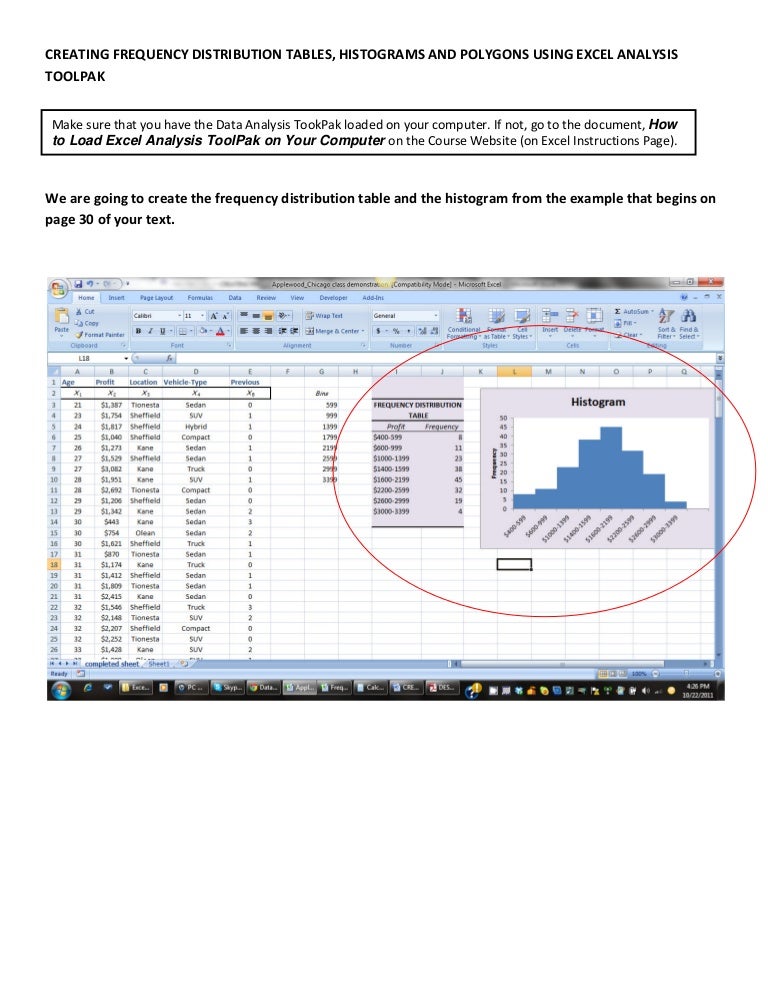

The third table is inserted as a “headers” table, and the first column this becomes headers, and these start (in row 2) with 0%, and then in row three we have 1%, and so forth down to row 102, which is 100%. Third, To make the histogram, I copy the third and fourth columns from this second table, and then paste the values into a third table. =COUNTIF(Scores :: Relationships,"-0.5")) In the second column I have an upper bound, and in row two this column has (I’m making a histogram with 101 categories, going from 0% up to 100%. =COUNTIF(Scores :: Relationships,">=0.995")Īnd each of these rows gives me a count of all the instances in my sample where scores are over or equal to the lower threshold. =COUNTIF(Scores :: Relationships,">=0.035")Īnd so forth up to the last row, which has

So, for example, my first column might be a lower bound, and in row two it has

The third column has the X-axis labels or range labels I’m using for a histogram, and the fourth column has the counts of how many cases in my sample scored within the lower and upper bound. The second column is setting and counting based on an upper bound of a category. The first of these is a column for the lower bound of a category. Second, I create a table to generate counts I’ll use to make the histogram. So, the first column has the label “Relationships” in the first row, and then below that down the column are rows of scores on my relationship scale, which can range between 0% and 100%. It so happens that the first variable I'm using here is a relationship test score. For this example, let’s say my first table is named “scores” and there are columns for each variable. I have the scores I want to put into a histogram in a column in my first table. I do this to show score distributions to my students on tests I give them.įirst.
EXCEL FOR MAC RELATIVE FREQUENCY HISTOGRAM SERIES
It’s true that Numbers doesn’t have a function to do this, but it’s pretty easy to put together a series of a few tables and create a histogram in Numbers.


 0 kommentar(er)
0 kommentar(er)
